Le mot glitch est apparu en 1962 pour décrire une erreur ou un dysfonctionnement dans le cadre d’un programme spatial aux Etats-Unis. Le terme s’est ensuite largement répandu dans le domaine de la musique électronique des années 90. La notion de glitch s’apparente à l’idée d’accident, à la répétition, à la linéarité ou encore à la fragmentation pour reprendre les caractéristiques listées par Iman Morandi dans « Les esthétiques glitch » en 2004.
Que le glitch soit voulu par l’artiste ou totalement involontaire, la beauté naît de l’accident et de l’erreur. L’art du glitch consiste souvent à manipuler le médium, à triturer le code, la carte graphique, tout le « back stage » d’une image fixe ou animée et à voire ce que cela produit, suivant ainsi un mouvement entamé dans l’art vidéo par Nam June Paik avec le tube cathodique.
La beauté peut aussi naître de la multiplication des formes, de leur surimpression ou de leur démultiplication.
Le glitch vient remettre de la poésie là où l’hyper-réalisme aboutit à une représentation irréelle d’un réel loin d’être parfait. Le glitch vient rajouter de l’analogique dans le digital, il injecte de la « poussière » dans un code trop parfait.
Dans son texte, « L’art du bruit », Joseph Nechvatal insiste sur la nécessité de redonner de la complexité et de la granularité à ce qui est trop lisse, et en devient faux car irréel. Le glitch permet alors d’opérer une distance critique par rapport à un monde simulacre.
Les bugs, les accidents, les erreurs et les glitchs font partie intégrante de l’univers des jeux vidéo. La répétition comme les erreurs font partie de l’apprentissage. Il est impossible d’apprendre à jouer sans se tromper, sans répéter des dizaines de fois – voire bien plus – la même scène. IL en nait une frustration qui peut conduire au plaisir.
Le bug et le glitch renvoient encore au rapport que les joueurs entretiennent avec les jeux vidéo. Faire ce qui n’était pas prévu par les développeurs, détourner un objet de sa fonction initiale, aller au bout des limites du jeu, de la carte et de ses possibilités. C’est l’essence même du machinima, qui consiste à détourner le jeu de sa fonction première qui est de jouer pour le transformer ou un outil de conception de films.
Le glitch représente alors ce moment particulier où nous allons de l’autre côté du miroir pour regarder ce qui se cache derrière, entre les interstices.
Pour reprendre la théorie rhizomique chère à Deleuze et Guattari, il s’agit de révéler plusieurs niveaux de lecture, plusieurs niveaux de conscience, à aller dans les interstices de l’image et à révéler ce qui était caché de prime abord. Le glitch permet de rendre rendre visible ce qui est normalement invisible : le code, la mémoire RAM, le processus de production de l’œuvre, mais aussi tout ce qui se passe pendant la transmission d’une image, pendant son transfert d’un format à un autre.
Cette programmation de machinimas est un hommage à cette esthétique. Machiniglitch !
Gamerz 09 – Isabelle Arvers par Festival-GAMERZ
Machiniglitch
1 Jupiter and Beyond the Blocks, Félicien Goguey & Benjamin Bartholet, FR, 2013
Arrivé près de Jupiter, Dave Bowman quitte Discovery One. Il observe ce gigantesque monolithe noir en orbite autour de la géante gazeuse et se retrouve embarqué dans un voyage à grande vitesse coloré, psychédélique, étrange et… cubique. À l’image du Monolithe —c’est à dire excluant toute courbe—, Jupiter and Beyond the Blocks est un remake-machinima de la séquence mythique de 2001 l’Odyssée de l’espace réalisé à l’aide de Minecraft.
2 Machinhuma, Edouard Taufenbach, FR, 2013
Musique : Sunset de Abel Korzeniowski
Inspiré par Le joueur d’échecs de Stefan Zweig, MACHINHUMA tend à montrer, dans la traversée de différentes dimensions, une libre interprétation de l’errance du mystérieux personnage M.B. de l’auteur Austro-hongrois. Dans un décor minimaliste, où se substitue au monde connu un simple échiquier infini, Edouard Taufenbach brouille tout repère spatio-temporel et accentue par le montage, de nombreuses digressions graphiques, identitaires de ses recherches autour de la Trace au sein de l’image Cinéma. http://www.youtube.com/watch?feature=player_embedded&v=fDiXWwYXju0
3 Bitsplit, Florian Dieude, FR, 2012
Une vidéo de Florian Dieude. Superposition de tableaux dans Fall Out 2. De duels au révolver et de bugs d’affichage sur fond de musique 8bit. Dans un présent parallèle post-apocalyptique, un type court dans le désert. Chacun de ses pas génère des possibilités d’exploration, d’aventures, de batailles et de dialogues différents. Quand ces possibilités se superposent et s’entremêlent, des fantômes apparaissent, reliques d’univers compressés. Le décor glitche, s’écrase, se décale, se brouille. Les avatars se croisent sans se heurter. Les combats se font contre des fantômes, résidus d’autres probabilités. Les dialogues se mélangent, se brouillent et se confondent entre les possibles.
4 Metropolis, Chris Hawlett, AU, 2009-2011
“Metropolis I, II & III” uses the game SimCity Societies to construct three imaginary and psychological zones in order to create a meditative space for reflection, seduction and poetic, apocalyptic reverie. Abstraction, repetition, the grid, and architecture all play their part throughout the world in “real” cities town planning strategies in order to produce territory and the modern civilization. The recent Chilean and Haitian earthquake, South-Pacific islands devastated by tsunamis, apocalyptic meteorites and the dire predictions associated with climate change, overshadow the construction of these three different, yet strangely familiar virtual sites that all strive to undermine both the logic of the game and our own safe, hygienically controlled lifestyles. In “Metropolis I, II & III”, dystopian, authoritarian and sublime, gated estates merge and dissolve into one another conjuring up disturbing comparisons between our real, lived experience and our day-to-day mediated trauma, represented elsewhere in our fantasies or across the electric spectacle of the global, media screen.
5 Prepare to qualify, Clint Enns, CA, 2008
Prepare to Qualify is short video made on a circuit-bent Atari using Namco’s classic 1982 video game Pole Position as source material. For those unfamiliar, circuit-bending is the creative re-wiring (and short-circuiting) of low voltage electronic devices such as children’s toys and small digital synthesizers. Circuit bending is often used by artists to create new musical instruments and/or to generate new images and sounds.
The idea for the piece began with the question “Does breaking video game systems and playing with lo-fi electronics at the age of 28 really constitute art making?” In the video itself, a voice demands that a pixelated car “PREPARE TO QUALIFY”. As the light turns green, the car remains frozen in an ever changing sea of graphical hardware errors.
6 Glitch Kungfu, Entter, Goto80, ES, 2007
Glitch Kunfu is part of the project 44422435. It is a C64 performance made on the 20th of July 2007 and recorded on VHS. The session took 3 hours but is condensed into a few minutes. With the ‘Retro Replay’ cartridge for C64 we gain full access to the RAM of the C64 to manipulate graphics and functionality. The blue screen that appears at some points is the interface of the cartridge and the lists of letters and numbers is the data in the RAM. All manipulation was made by putting random symbols into the memory or by altering the screen graphically with PETSCII.
http://blip.tv/44422435/glitch-kung-349019
7 Borders: boulders at la rotonda, Mary Flanagan, US, 2010
part of the [borders] series documenting walks of famous places in virtual worlds
This video is an excerpt from my walk around Villa Almerico-Capra, also known as ‘La Rotonda’, a 16th century manor house and grounds in Vicenza, Italy.
[borders] uses online shared virtual places as settings for walks that examine virtual property ‘ownership’ and the construction of historical truth in 3D virtual worlds. In the project, I visit virtual recreations of heritage sites and walk their borderlands. In the course of these explorations, I have captured the unexpected glitches and disruptions in an otherwise seamless environment through video recording. This project has a historical underpinning: According to the 19th Century French writer Baudelaire, the flâneur is a figure who moves through the labyrinthine streets and hidden spaces of the city. The flâneur discovers both low culture, the underworld, and the high culture, fashionable world, but remains somehow disassociated. Wordsworth took to pastoral scenes in his commitment to drifting in space, using the walk as a research method. In the US, the same idea was sustained in Thoreau’s insistence to stroll without a specific goal in order to encounter the spiritual possibilities inherent in a landscape.
8 The Fall girl, Georgie Roxby Smith, AU, 2012
Placed as prop, non player, damsel in distress or sub-hero, the gaming female character is rarely a ‘player’ of any importance. Where female character heroes are in place, they are often overtly sexualized, such as the hyper real soft pornography of Lara Croft’s female form. The male gaze manifests itself bi-fold in an immersive environment populated by young men invested in hours of play and character’s own digital peers.The Fall Girl is a recreated death glitch which occurred whilst playing Skyrim. This death loop magnifies and distorts the violence against the female body and, in its relentlessness, begins to blur between the lines between intention – suicide, murder, accident or perpetual punishment. By removing the game play in between scenes, which when isolated are disturbing in their sharp focus, the viewer becomes critically aware of the hyper- representation of the character and the violence enacted against her. The protagonist is eternally and perpetually punished in an inescapable digital loop.
9 8000 people, Knut LSG Hybinette, US, 2013
What Happens when 8000 people runs towrds you. It is common feeling when done watchingg this animation: nothing. Knut’s projects explore the ideas of failed Utopias, the violence that we as humans too eagerly too embrace.
http://knuthybinette.com/
10 Dust 2 dust, Kent Sheely, US, 2013
Two teams of weapons battle for control of a small Middle Eastern town in Counter-Strike: Source.
In a modified version of a popular online wargame, two opposing teams of self-actuating firearms struggle for dominion over a dusty town somewhere in the Middle East.
The media presents war in simplistic terms: soldiers on either side of a conflict are either exalted as heroes or vilified as “the enemy.” Video games echo these harsh divisions
in the way they differentiate between teams, allowing players to make
split-second decisions about who they should be shooting.
When the uniforms and identifying features of combatants are stripped away, however, lines of division disappear, and determining the alignment of each combatant becomes impossible; the soldiers are reduced to weapons, wielded against one another.
11 Memory of a broken dimension, Datatragedy, JP, 2013
The emulator of an obscure computer system propagates across the internet, a signal is established…
This is a very cool experimental exploration game by XRA (Data Tragedy). After navigating your way through a DOS prompt, you are thrown inside of the computer terminal and are forced to navigate your way through the glitchy, grey world and solve the puzzles to escape.
12 30 seconds or more 01 – Beyond the magic mushrooms, Victor Morales, VN, 2013
This is the first of a series of animations i am doing in February 2013. I will make everyday a 30 seconds or more animation using the Cryengine. “Mushrooms” is basically a sound reactive animation where only the camera’s position and FOV are affected by the lowest frequencies of the audio. This is rendered in Real Time and it was possible thanks to hendrikp OSC plugin to drive the sound data into the engine. The awesome sound is by Pal Asle Pettersen.
13 Knightshift, Anita Fontaine, UK, 2009
Knightshift references themes of high romance and chivalry found in old and new media such as medieval fairytales and videogames. In medieval romances the image of the heroic knight, with his super-human abilities on a quest to slay monsters and dragons was almost real, and reinforced by the jousting spectacle. In One bad night the artist makes use of videogame imagery and animated gifs to build a modern jousting spectacle. The knight is shown galloping on his pixelated steed towards the dragon, the opponent, or the dame, attempting to establish a more utopian world.
https://vimeo.com/4713702
14 Remember when we walked to the edge of the world? – jonCates US, (2013)
“Remember when we walked to the edge of the world, a precipice amidst the Noise of Oceans, Tempests and Animals: hoping to obtain a. view of the mountains? To our great delight, the clouds lowered and revealed the know clipping jagged tops of the ranges torn jagged shearings, unerased and not redrawn. Flat surfaces untextured and cell shaded beneath the skies. All lay sharply coded and clear before us, standing out above the world, just off the map. We saw undefining plateau stretching for hours away, vectoring our views.”
15 Formation VI Baden Pailthorpe AUS, 2012
This video work is set within the US military’s simulated version of Afghanistan. Rather than using this training software to simulate violence or military encounter, instead Pailthorpe gives a group of miniature US soldiers and Taliban fighters the simplest of orders: run. Through this minor gesture of resistance, a striking aesthetic of repetition from the simulator’s own code is revealed. Unable to recognise each other thanks to a hacked setting, the multiple of each enemy body creates a kind of corporeal sculpture. As is prevalent in military vocabulary, reference to the collective body (such as the Marine Corps) connotes the machine-like structure and strength that follows a military formation of disciplined bodies. Perhaps the most universal and often political of human actions, running is used by Pailthorpe as a device to uncover pockets of resistance from within even the most closed, controlled and constructed environments: military simulations.

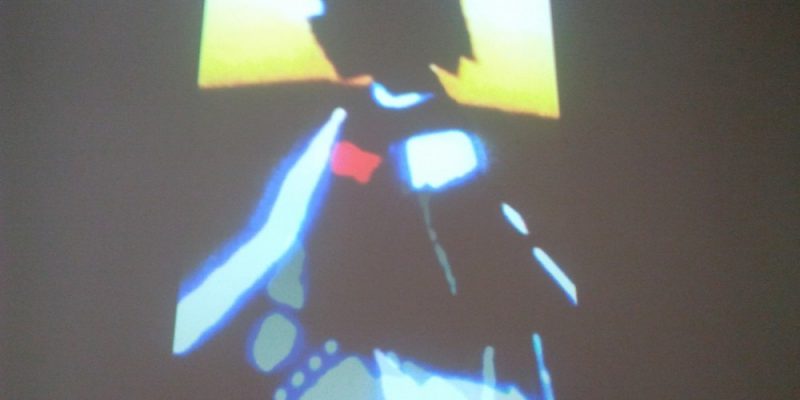
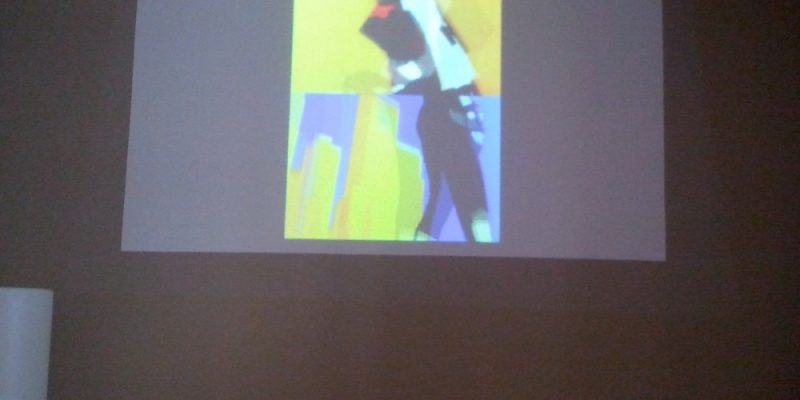
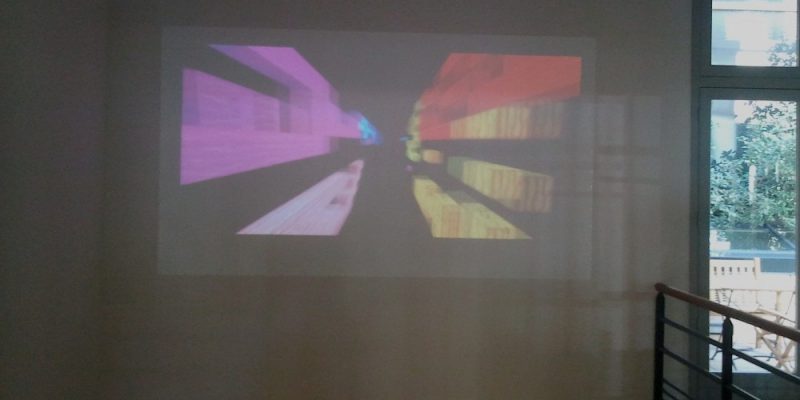
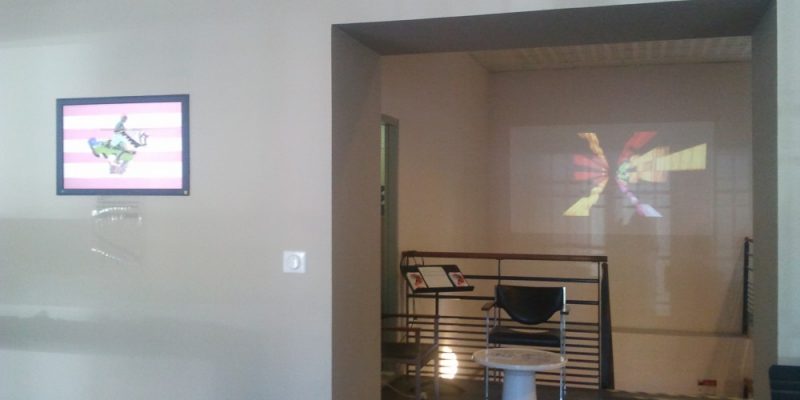
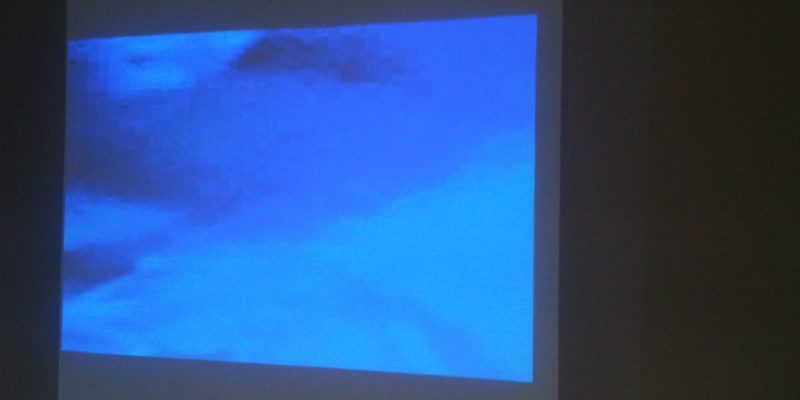
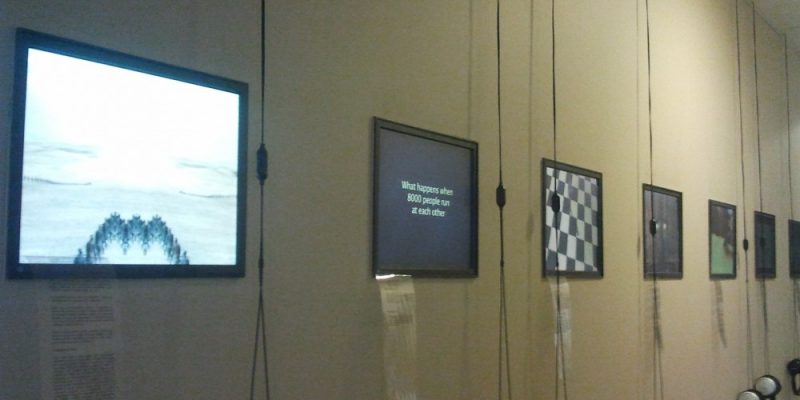
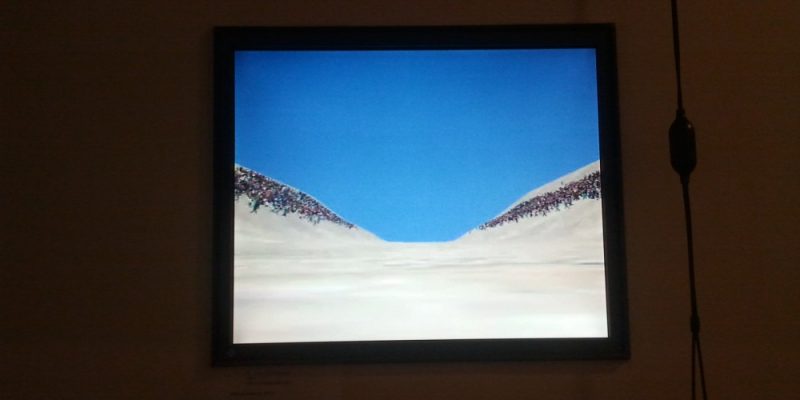
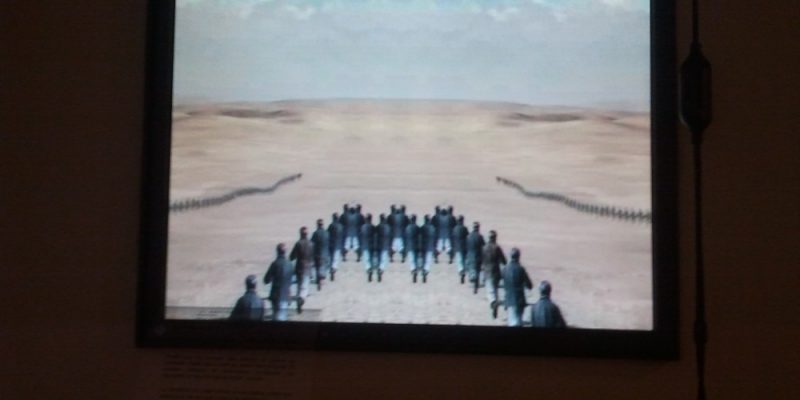
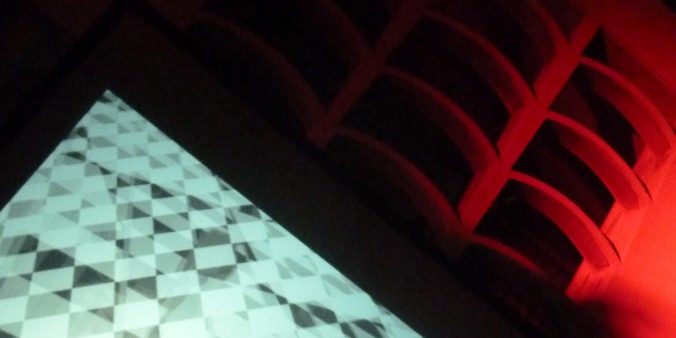
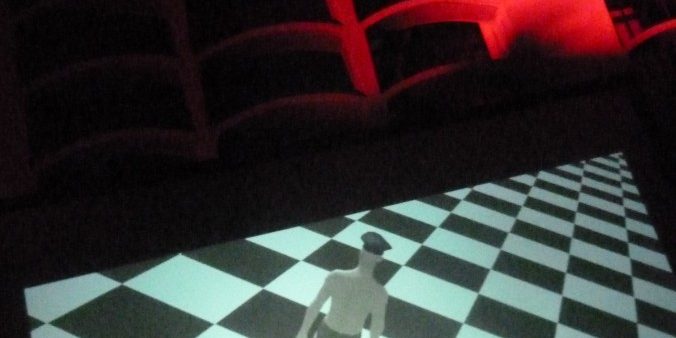
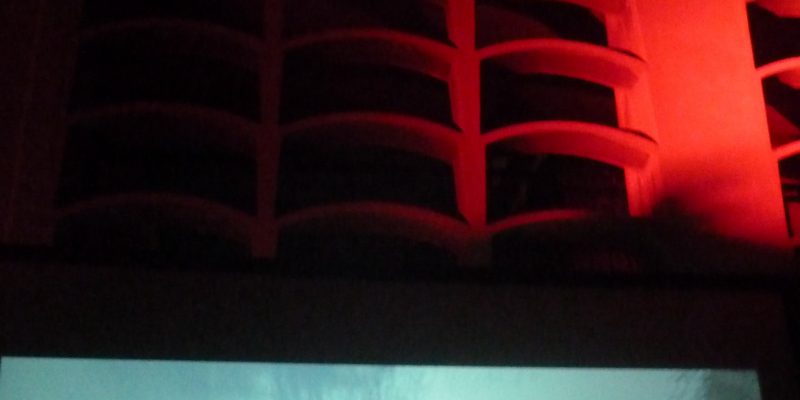
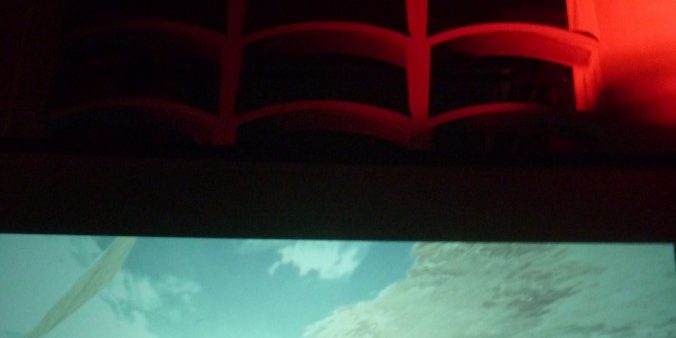
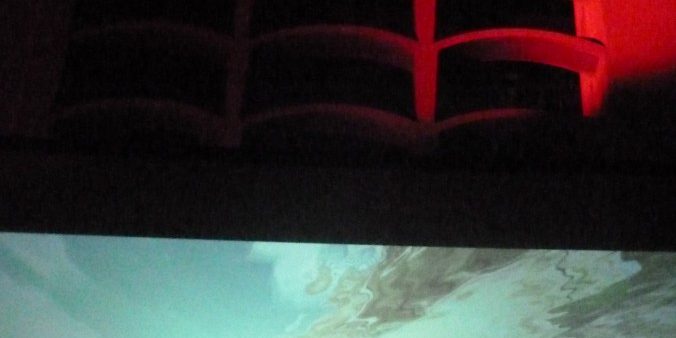
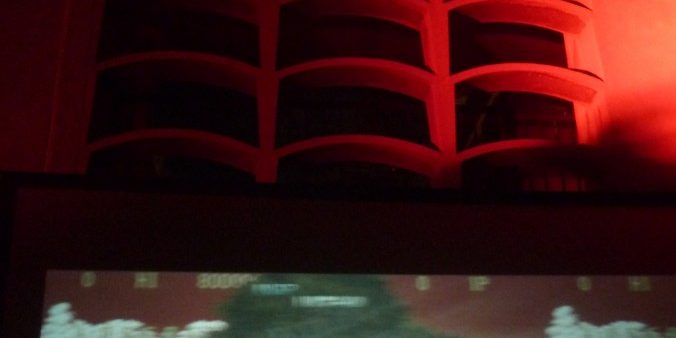

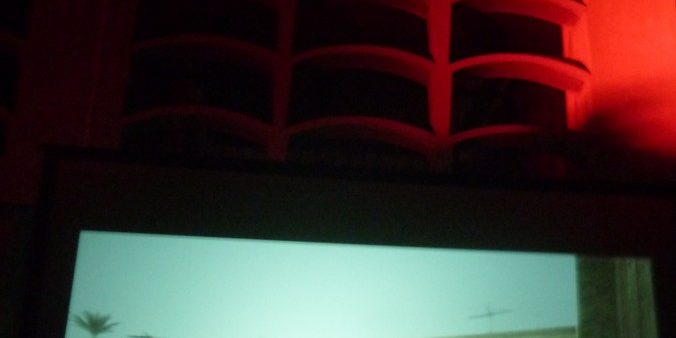
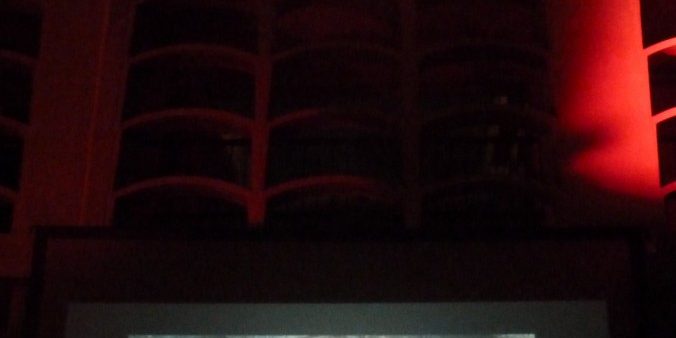
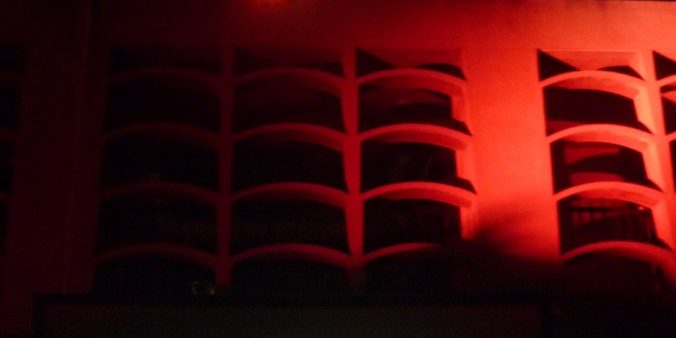
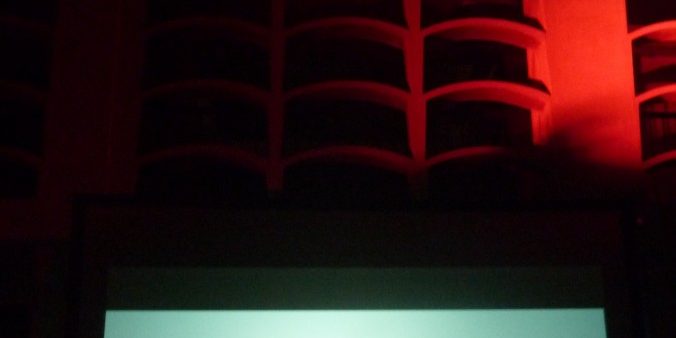
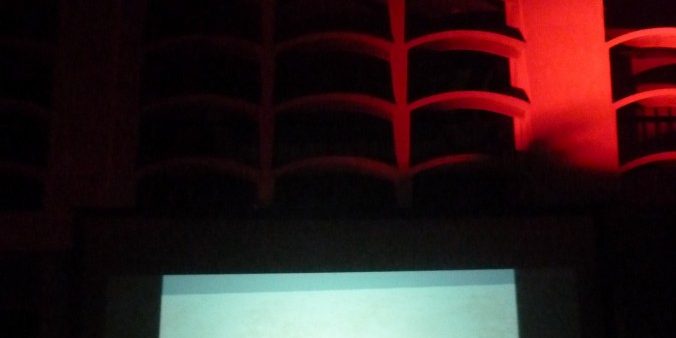
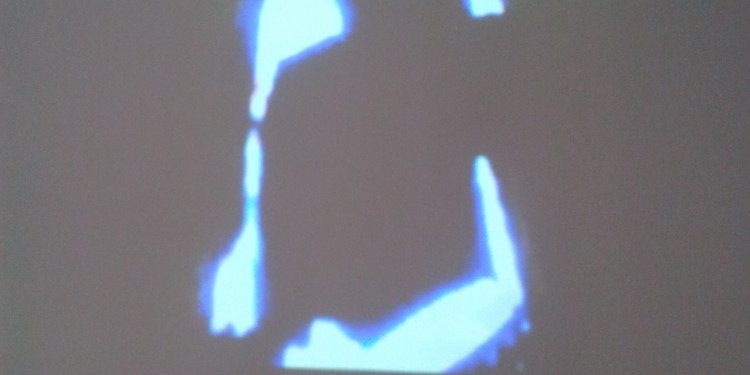
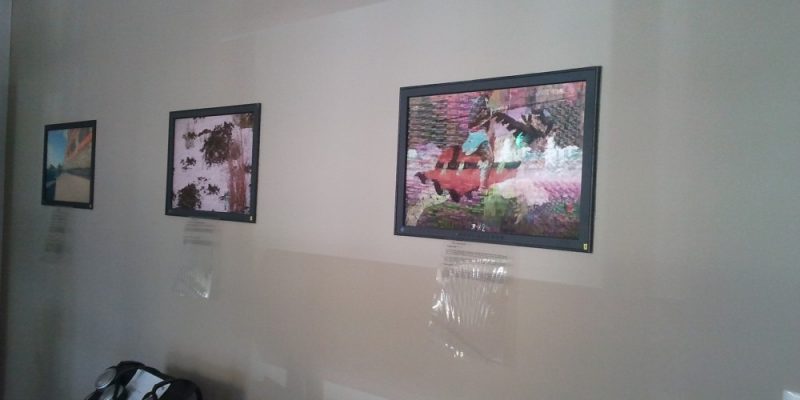
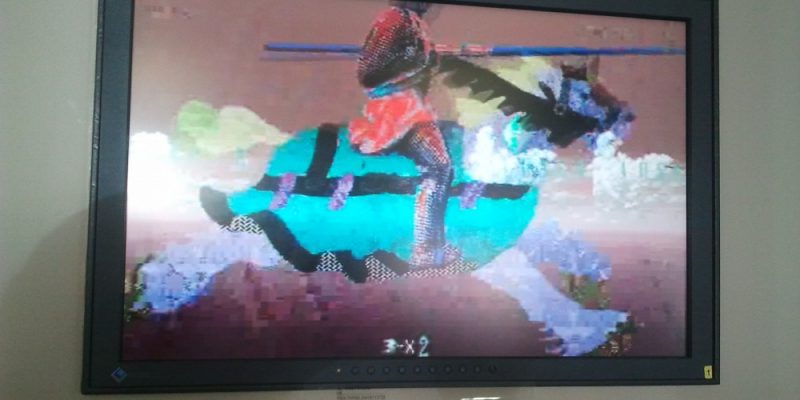
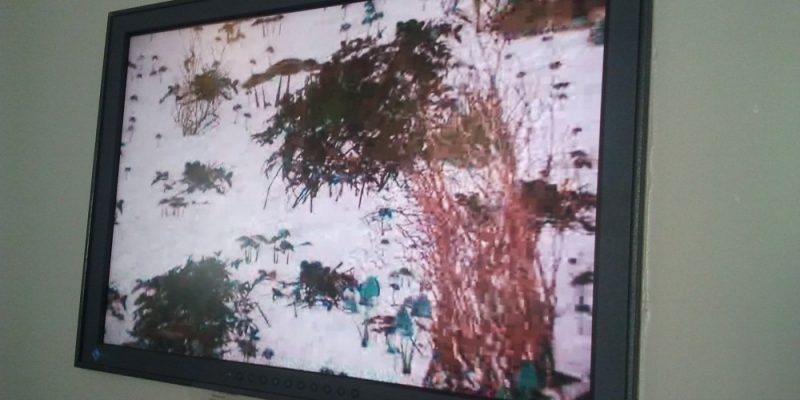
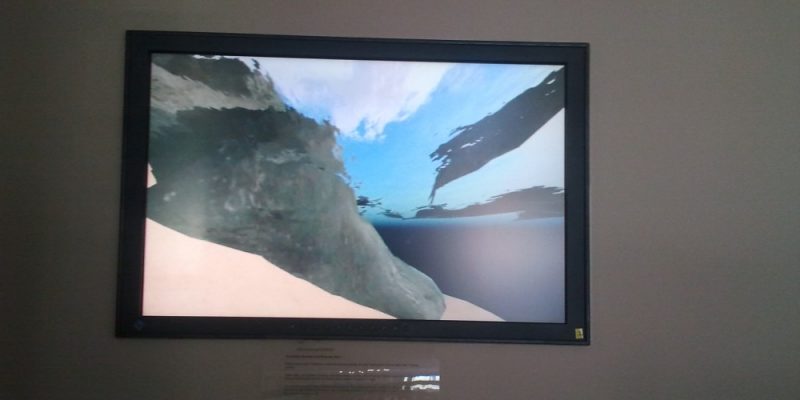
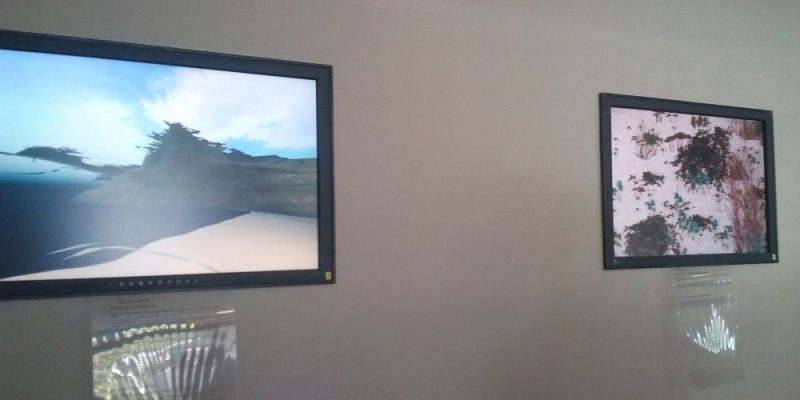
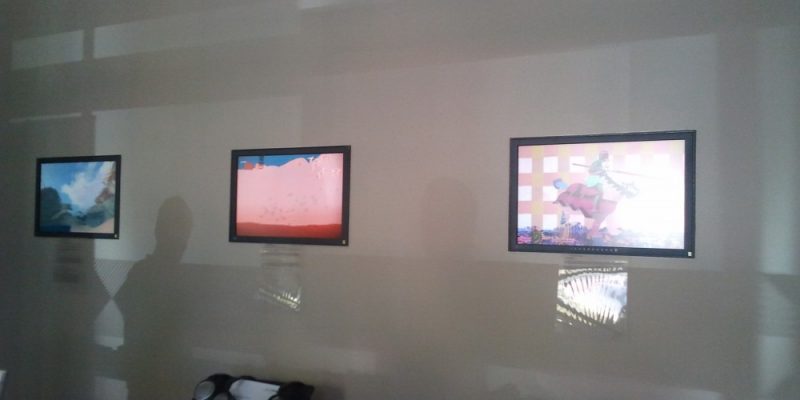
0 Comments
2 Pingbacks